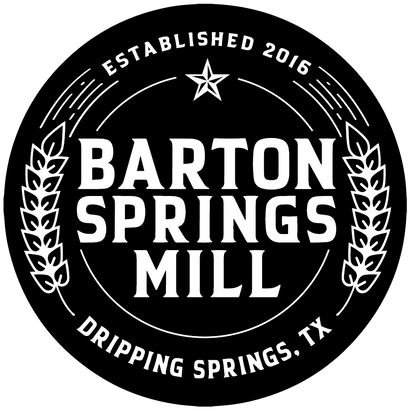Order by 12/9 for Christmas delivery.
Order by 12/9 for Christmas delivery.
Add description, images, menus and links to your mega menu
A column with no settings can be used as a spacer
Link to your collections, sales and even external links
Add up to five columns
Add description, images, menus and links to your mega menu
A column with no settings can be used as a spacer
Link to your collections, sales and even external links
Add up to five columns
Add description, images, menus and links to your mega menu
A column with no settings can be used as a spacer
Link to your collections, sales and even external links
Add up to five columns
Add description, images, menus and links to your mega menu
A column with no settings can be used as a spacer
Link to your collections, sales and even external links
Add up to five columns
About the Miller
 It’s a circuitous route to the mill. For more than 30 years, James Brown immersed himself in the world of early music, beginning with his studies in organ and conducting at the University of Houston. As an accomplished violist de gamba and conductor, he performed regularly around the country. He started the St. Cecilia Music Series in 2002, bringing in the most renowned early music virtuosos to the city of Austin for 16 years straight. He created the series to introduce patrons to the music between the eras, most of it long forgotten—the most beautiful music you’ve never heard, as he likes to explain it.
It’s a circuitous route to the mill. For more than 30 years, James Brown immersed himself in the world of early music, beginning with his studies in organ and conducting at the University of Houston. As an accomplished violist de gamba and conductor, he performed regularly around the country. He started the St. Cecilia Music Series in 2002, bringing in the most renowned early music virtuosos to the city of Austin for 16 years straight. He created the series to introduce patrons to the music between the eras, most of it long forgotten—the most beautiful music you’ve never heard, as he likes to explain it.
And then one day, he went to make some bread. (Let’s back up to say that James has a culinary degree from the Art Institute in Houston, received prior to first picking up a viola de gamba, and he worked the line in multiple professional kitchens.)
So back to that day in 2016: James went to make some bread and, as God would say, it was good. He loved it. His wife loved it. Perhaps more importantly, he loved the process of making it. The science of it, the non-science of it, the feel, the smell. One day of baking became two, became every weekend, and then every week, until it was a veritable crises of the loaves and fishes, mitigated only by scores of friends graciously willing to relocate his bumper crop of bread into their own homes, cultured butter not included.
His bread was as good as it could get, but it still wasn’t as good as David Norman’s pain au levain that he always ordered from Easy Tiger or Don Guerra’s Barrio Bread that he first tasted on a trip to Tucson. James had the right sourdough starter. The proper Dutch oven. Even baking temperature. Filtered water. But what is bread if not flour, and nothing could make up for the store-bought options he was using from the supermarket shelf.
When he went to find freshly milled wheats and grains, he discovered many great sources—now mentors—like Grist & Toll in California, and Hayden Flour Mills in Arizona. He also learned that the great state of Texas, even with its 130 million acres of farmland, had not made room for organically grown landrace grains. James, however, needed some flour, and he wanted it from the area, and he just didn’t think that was too much to ask.
 So in June 2016, James Brown sold his beloved violas de gamba to buy a mill and a banjo, which he’s learning quite well. He met farmers, collected seeds, learned about growing seasons and rain and drought and pests. He came to understand the toll of humidity, cross-pollination, and broken fork lifts on a deeply personal level. Ancient music, now ancient grains—none of it easy, much to be learned, all to be gained.
So in June 2016, James Brown sold his beloved violas de gamba to buy a mill and a banjo, which he’s learning quite well. He met farmers, collected seeds, learned about growing seasons and rain and drought and pests. He came to understand the toll of humidity, cross-pollination, and broken fork lifts on a deeply personal level. Ancient music, now ancient grains—none of it easy, much to be learned, all to be gained.
Barton Springs Mill now sells to chefs, bakers, distillers, brewers, and home enthusiasts, with a singular goal of making each bite just a little better than it might have been otherwise. Barton Springs Mill is now in a new 17,000 square foot facility in Dripping Springs, alongside Abby Jane Bakeshop where you can taste our flours in a shady grove of heritage oak trees.
